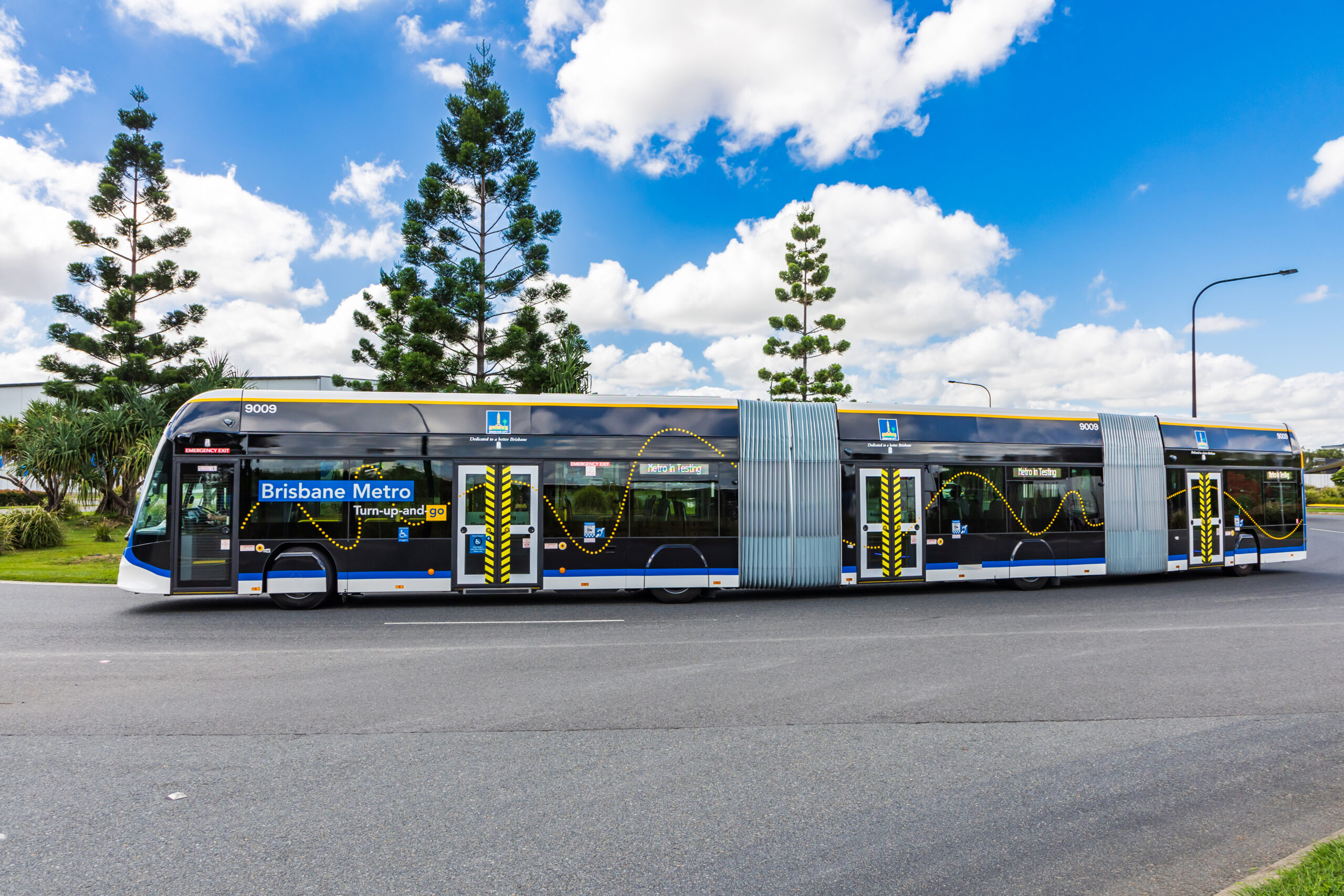Sign up for daily news updates from CleanTechnica on email. Or follow us on Google News!
The electric SUV should be the sweet spot for the EV revolution in America, where SUVs and pickup trucks account for the majority of new car sales. This is where the battle for the hearts and minds of consumers is being fought. Car and Driver recently did a head-to-head comparison between the Chevy Blazer EV and the Volkswagen ID.4, both of which are manufactured in the US. Separately, Tom’s Guide reviewed the all new Honda Prologue SUV.
The reviews focused on all the usual stuff — rear seat leg room, carrying capacity, battery size — but Car and Driver also did electric car fans a favor by focusing on efficiency, range, and charging speed. My wife and I recently completed a jaunt through the Green Mountains of Vermont, where charging speed was one of the primary considerations during that trip.
Car and Driver tested the ID.4 Pro S and the Chevy Blazer LT and said both of them were “aimed right down the center of Main Street, U.S.A.” The EPA rated the ID.4 at 102 MPGe, while the Blazer has a 96 MPGe rating. In testing, the Chevy returned 103 MPGe to the Volkswagen’s 117. The Equinox did squeeze out 260 miles in the 75 mph highway test, while the ID.4 trailed at 240 miles. That is due mostly to different battery sizes. The ID.4 has a 77 kWh battery, while the Blazer has an 85 kWh pack. Chevy says the Equinox can fast-charge at up to 150 kilowatts, while VW claims the ID.4 can take 175 kilowatts. AC charging is basically a wash, with the Chevy’s 11.5 kW capability edging out the ID.4’s 11.0 kW by a hair.
But out on the superslab where charging time is a critical metric, the Volkswagen was the clear winner. On a 350 kW fast charger with the battery going from 10 to 90 percent, the Equinox EV started at 150 kilowatts, peaked at 158, and averaged 94 kilowatts over the charge. Under the same conditions, the ID.4 started at 171 kilowatts, peaked at 186, and averaged 109 kilowatts. Charging to 90 percent required 51 minutes in the Equinox and 37 minutes in the ID.4. That’s a considerable gap, Car and Driver notes, but each automaker has its own charging strategy that takes into account factors such as preserving battery life. Two additional unofficial charging sessions at 350 kW chargers in Ohio and Indiana confirmed the findings. Every time, the ID.4 finished first, regardless of the weather or the equipment. That may be an important consideration for those who expect to take road trips with their electric SUV.
Performance-wise, the Volkswagen, with 335 horsepower, touches 60 mph from rest in 4.8 seconds and does the quarter mile in 13.5 seconds. The Blazer EV makes do with 288 horsepower. With more weight and less grunt, it is a second behind the ID.4 to 60 mph and in the quarter mile. Neither figure is a concern for most drivers. Many of us remember a time when any car that got to 60 in under 10 seconds was considered quick. Cars that can do it in half that time are a delight no matter who makes them.
Car and Driver spends a lot of time comparing the touchscreens, ride quality, and such. Suffice to say, every car has its own character and shoppers will want to drive each of them before making a decision. The Blazer got demerits for wallowing in the handling department, while the ID.4 got dinged for a mushy brake pedal. Both cars got downrated for digital issues. Electric cars from Volkswagen are famous for glitchy electronics, while GM has decided to make Apple Car Play and Android Auto unavailable in its latest offerings. The ID.4 has more space for stuff behind the rear seat than the Blazer, but the Blazer has GM’s Super Cruise as an option — a step up from the driver assistance features in the ID.4
Pricewise, the ID.4 Pro S electric SUV lists for $55,300 while the Blazer LT costs $50,795. Keep in mind the Pro S is the top spec for the Volkswagen. The upmarket Blazer EV RS starts are $52,900. The 2024 ID.4 is said to be eligible for the full federal EV tax incentive of $7,500 but you might want to verify that before you buy. Some earlier versions were not. The Blazer EV is also eligible or the full tax credit. Burger King or McDonald’s? Coke or Pepsi? Either the Volkswagen ID.4 or the Chevy Blazer EV is a good choice if you are looking for an electric SUV to put in your driveway.
Driving The Honda Prologue Electric SUV
Writing for Tom’s Guide, John Velasco says the Honda Prologue electric SUV is “the most underrated electric vehicle I’ve tested this year.” For those who don’t know, the Honda is built at the GM factory in Spring Hill, Tennessee. Therefore, there are certain aspects of it that are nearly identical to the Blazer EV, both of which are built on the same Ultium platform developed by GM. For instance, it had the same 288 horsepower rating as the Blazer EV, the same 85 kWh battery, and approximately the same range — 273 miles.
That being said, Velasco praised the Prologue for its styling, which is typical of Honda — smooth, refined, and polished. The differences are also on the inside, which features the same attention to detail that SUVs from Honda like the Passport and Pilot are known for. The Prologue starts at $57,900 and, like the Blazer EV, it is eligible for the full federal tax credit.
The Honda Prologue’s efficiency got better the more he drove it, Velasco says, reaching 3.4 mi/kWh by the end. Compared to the Lyriq and Blazer EV, which got 2.7 mi/kWh and 3.2 mi/kWh respectively, the Prologue easily surpassed them, even though it has the same 85 kWh battery as the Blazer EV. The difference, apparently, is that the Honda had somewhat better aerodynamic efficiency than the Blazer. We presume charging the Prologue is quite similar to the charging performance of the Blazer EV as well, since they are essentially the same car under the skin.
Velasco lauded the digital head-up display in the Prologue, saying it “is definitely bigger than most other head-up displays I’ve seen, which comes in handy while driving because it shows my speed and navigation instructions. Since it’s also sharp looking, I never have any trouble making out the head-up display. That said, it could end up being a tad bit distracting if you set its brightness too high at night. Still, it’s incredibly useful getting all of my important driving details without looking down to either of the EV’s displays.” In a world where the differences between various cars are quite small, that one feature could be the one that prompts an electric SUV buyer to choose the Honda Prologue over the competition.
Velasco also praised the enormous sunroof in the Prologue, which extends backwards so that rear seat passengers can also enjoy fresh air. What won’t please many potential shoppers is that the Prologue offers adaptive cruise control but no lane centering, which is curious because most of it GM cousins do offer that feature. Velasco also slammed the operation and size of the central touchscreen. “Everything about the software feels dated. I thought the Toyota bZ4X was bad in this area, but the Prologue comes close,” he wrote.
The Takeaway
The electric SUV market is where the EV revolution in America will be won or lost. Here are three candidates, each with their strengths and weaknesses. All are similar in price and all are eligible for the federal tax credit which, became a point-of-purchase rebate if you lease at the beginning of 2024. There is not one car made today that ticks all the boxes for every driver. Car and Driver said they prefer the ID.4 over the Blazer EV, primarily because it charges faster on trips. But the Blazer EV has somewhat more adventurous styling, which may appeal to some. The Prologue, on the other hand, looks so mainstream that most people won’t know it is an electric SUV if you don’t tell them. That in itself may appeal to some buyers.
From our aerie high atop Mount Olympus, the staff at CleanTechnica recommends you sample all the models available in your area, then choose the one that puts the biggest grin on your face, because there is nothing quite like the ride and feel of an electric car. Oh, sure, there are some who won’t like any of them, but once you experience the quiet ride, the abundant torque, and the calmness of an electric SUV, you will never want to go back to what you were driving before.
Have a tip for CleanTechnica? Want to advertise? Want to suggest a guest for our CleanTech Talk podcast? Contact us here.
Latest CleanTechnica.TV Videos
CleanTechnica uses affiliate links. See our policy here.
CleanTechnica’s Comment Policy





